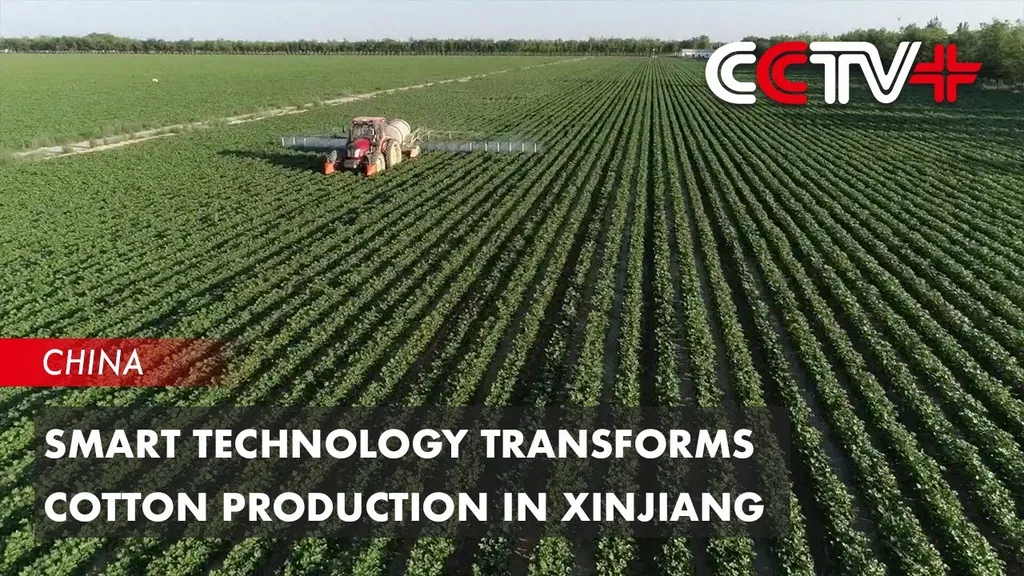In the arid landscapes of Xinjiang, China, a groundbreaking study led by Dr. Hailong Liu from the Xinjiang Institute of Ecology and Geography, Chinese Academy of Sciences, is revolutionizing cotton farming through the power of digital twin technology. This innovative approach, detailed in the journal *Smart Agricultural Technology* (translated as *智能农业技术*), promises to optimize water use and enhance crop yields, offering significant implications for the energy sector and sustainable agriculture.
Dr. Liu and his team have developed a sophisticated digital twin framework that simulates cotton canopy development under water stress conditions. By integrating the GOSSYM cotton model with advanced visualization techniques, they have created a comprehensive system that models the intricate relationships between biomass accumulation and morphological development in cotton plants. “This technology allows us to visualize and analyze the growth processes of cotton in a virtual environment, providing unprecedented insights into how water stress affects plant development,” Dr. Liu explained.
The research introduces three critical modules: a growth simulation module built on the GroIMP visualization platform, a water interaction module that quantifies water stress levels, and a biomass transfer module that incorporates allocation rules to simulate water-plant interactions. These modules work together to create a dynamic digital twin that can predict cotton growth patterns and water requirements with remarkable accuracy.
The implications for the energy sector are substantial. Cotton farming, particularly in water-scarce regions, consumes significant energy resources for irrigation and water management. By leveraging digital twin technology, farmers can optimize water usage, reduce energy consumption, and improve overall crop productivity. “This technology has the potential to transform precision agriculture by enabling farmers to make data-driven decisions that enhance sustainability and profitability,” Dr. Liu noted.
The study’s findings offer a methodological framework for digital twin applications in crop management, providing both technical references and practical tools for precision agriculture. As the world grapples with the challenges of climate change and water scarcity, this research paves the way for more efficient and sustainable agricultural practices.
Dr. Liu’s work is not just a scientific breakthrough but a beacon of hope for farmers and energy providers alike. By harnessing the power of digital twin technology, we can create a future where agriculture is both productive and sustainable, ensuring food security and energy efficiency for generations to come. As the research continues to evolve, it will undoubtedly shape the future of smart agriculture, offering new possibilities for innovation and growth in the field.

